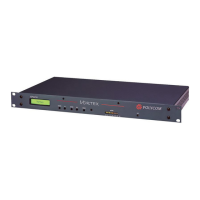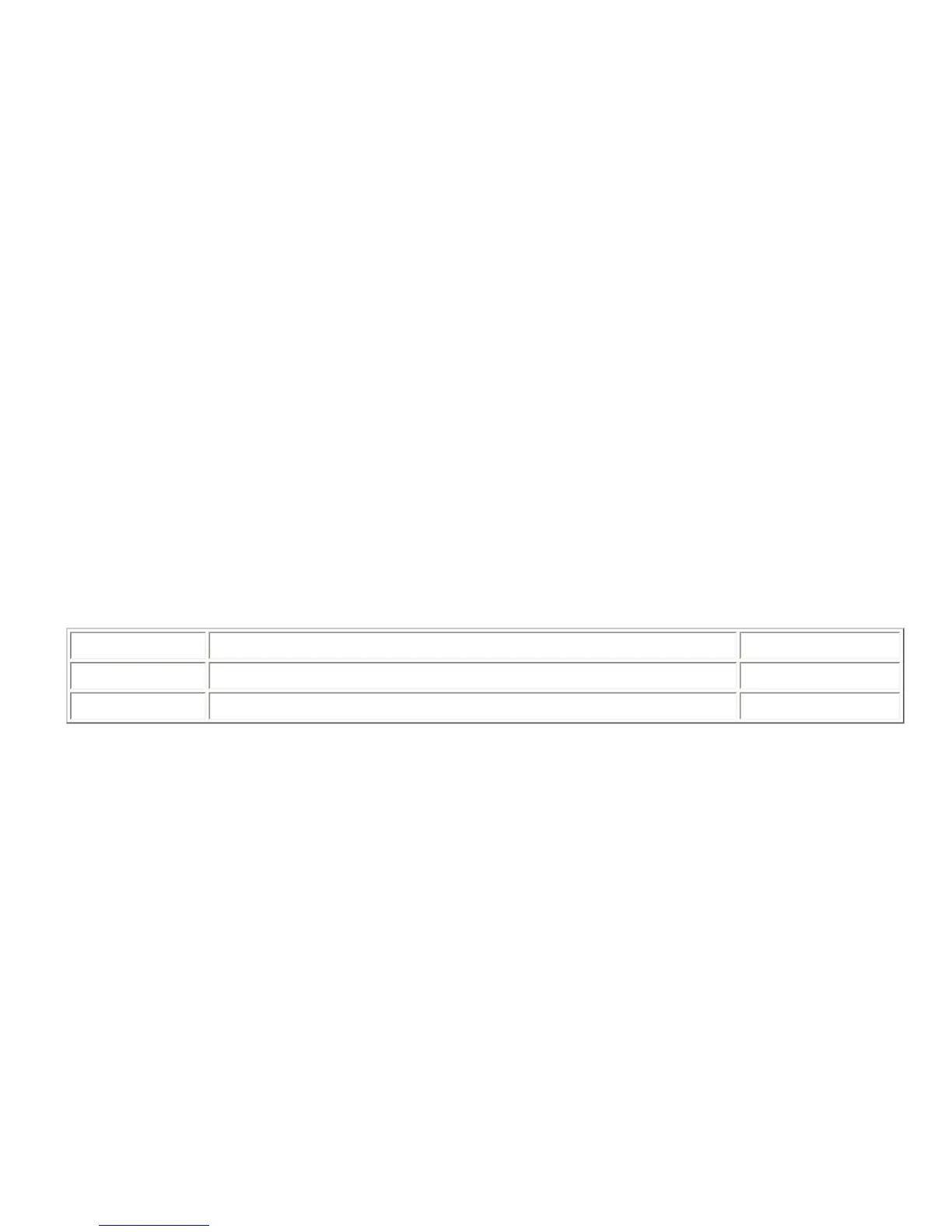The proper sequence for creating a macro (macro number 112 in this example) is as follows.
Q01MACROS112
Q01MACROA112,MUTEI*0
Q01MACROA112,GAINI*0
Q01MACROA112,MUTEO*0
Q01MACROW112
This defines macro number 112 to unmute all inputs, set all input gains to 0 dB, and unmute all
outputs. It is acceptable if another command is sent in between these commands (such as Q01NC*? )
as long as it isn't another non-volatile memory command which could interfere with the storage of the
macro.
8.61. MACROK -- Delete One or All Macros
This command kills (deletes) the specified macro. If the wildcard character (*) is used the specify the
macro number, then all macros are deleted. Deleting all macros via MACROK* is more efficient than
deleting them all individually since it requires less writes to non-volatile memory.
This command is saved to global non-volatile memory and is not part of a preset. Its value is saved
each time it is changed. It will retain its value after power-down. Since this command writes to non-
volatile memory, there will be a delay before an acknowledgment is returned.
Example Description Status Message
Q01MACROK25
Delete all the commands associated with macro number 25.
Q01MACROK25
Q01MACROK*
Delete all the commands associated with all 255 macros.
Q01MACROK*
8.62. MACROL -- List All Commmands in a Macro
This command lists all the commands in a given macro. For example, assume that a macro has been
defined via the following command sequence.
Q01MACROS112
Q01MACROA112,MUTEI*0
Q01MACROA112,GAINI*0
Q01MACROA112,MUTEO*0
Q01MACROW112
Once this macro has been defined, issuing the command:
Q01MACROL112?
Will result in the following status messages:

